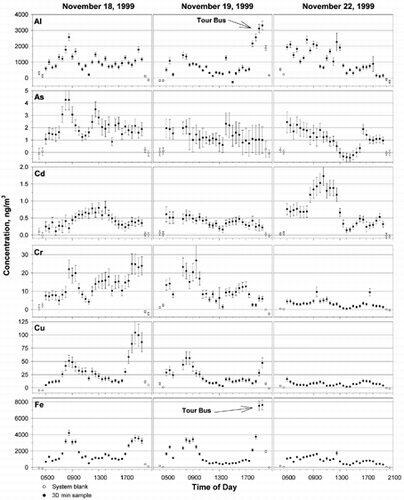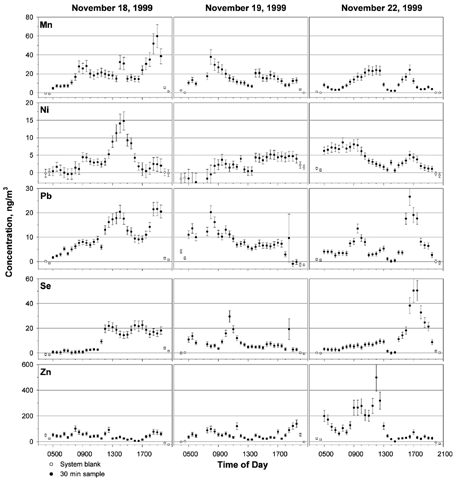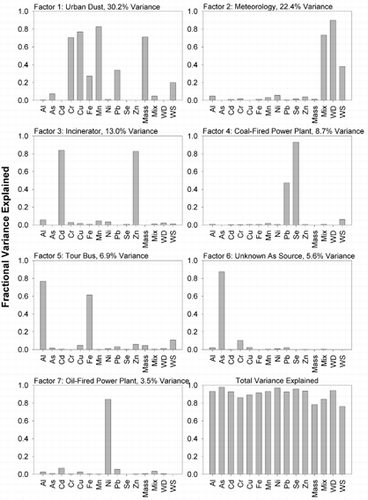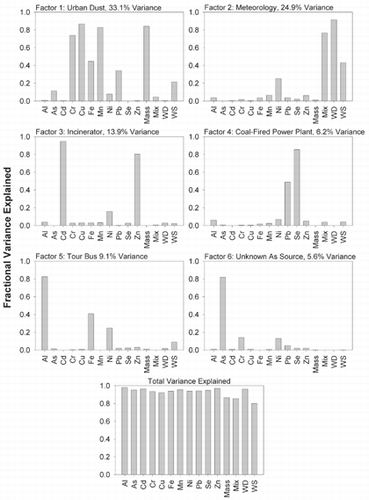Figures & data
FIG. 1 Area map showing the sampling location in College Park, MD, and the locations of various sources of airborne particles. Major source concentrations are in South Baltimore to the Northeast, and Washington, DC, and Virginia to the Southwest. These include coal- and oil-(*)fired power plants, power plants with both coal- and oil-fired boilers (**), incinerators, a steel mill, and quarries.
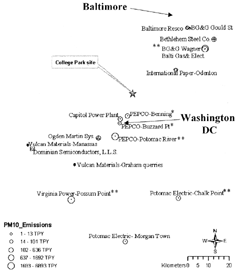
TABLE 1 Graphite furnace atomization parameters
TABLE 2 Instrument performance of SIMAA 6000 GFAAS
TABLE 3 Results for analyses of SRM 1643d, trace elements in water
TABLE 4 Results for analyses of SRM 1648, urban particulate matter
FIG. 2 (A) Thirty minute averages and standard deviations of temperature (closed circles) and relative humidity (open circles), (B) wind speed (open circles) and direction (filled circles), (C) mixing height, and (D) PM mass are shown for the three sampling periods. Urban dust constituents are clearly elevated during morning and evening traffic periods. Dust from nearby landscaping and well-drilling activities are also evident.
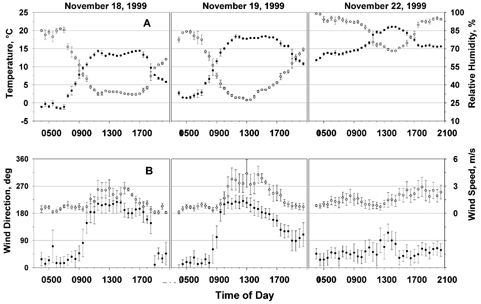
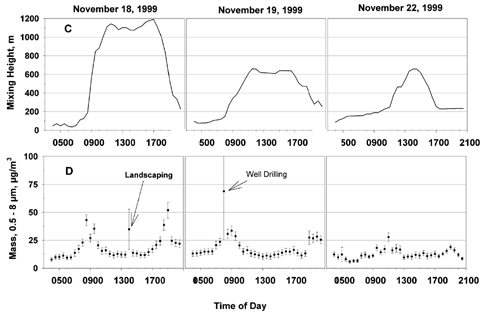
FIG. 3 Ambient aerosol concentrations measured in College Park, MD, on November 18, 19, and 22, 1999. Each point represents one 30 min collection period. Solid lines are 5 h averages of the 30 min samples. The solid lines in each of the plots are 5 h averages. High concentrations of Fe at 7:00 p.m. coincided with a running tour bus, parked 20 m from the sampling inlet.
